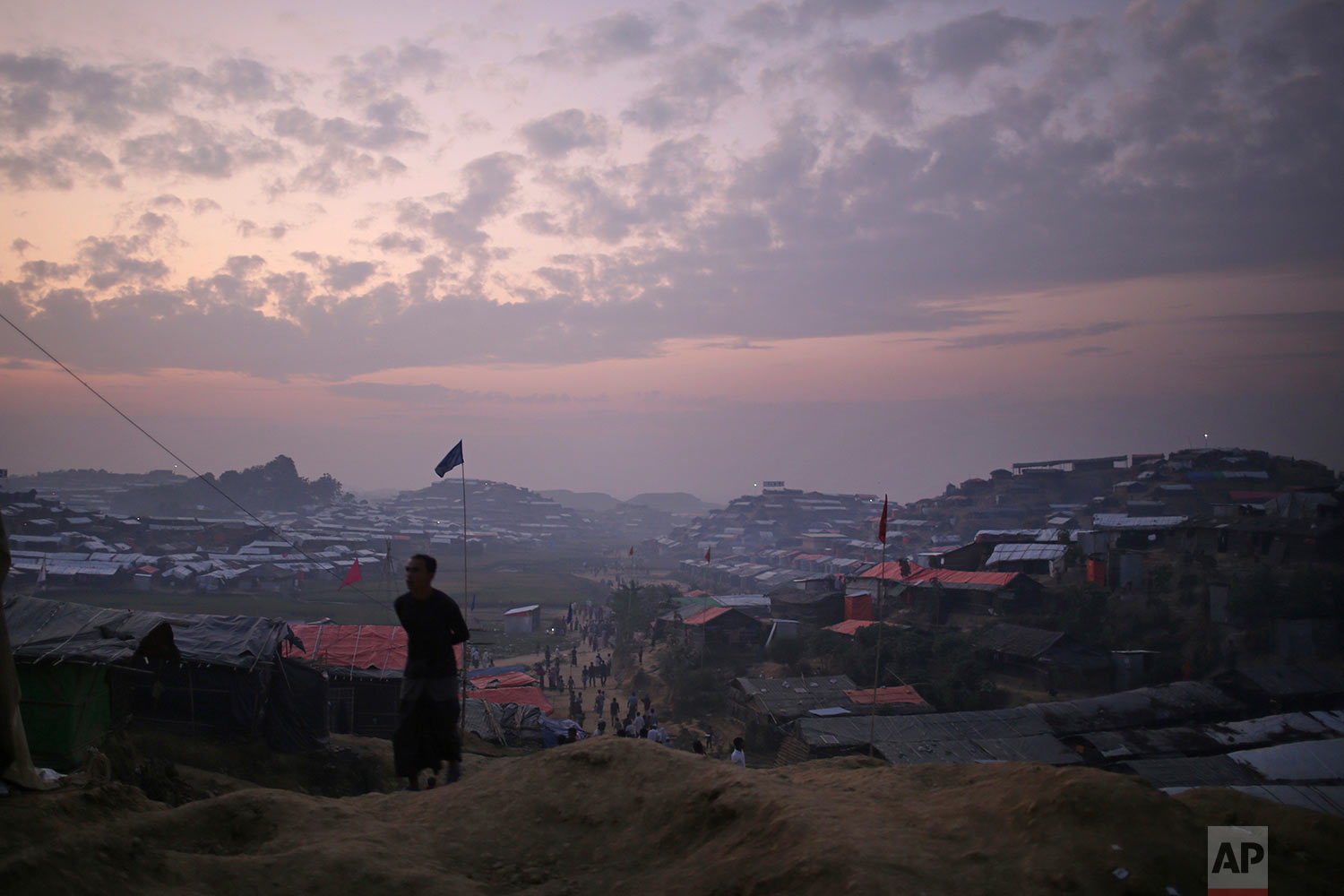Rohingya daily life

Since late August, more than 620,000 Rohingya have fled Myanmar's Rakhine state into neighboring Bangladesh, seeking safety from what the military described as "clearance operations."
AP photographer Wong Maye-E was recently on assignment with journalist Kristen Gelineau covering stories of Rohingya refugees living in various refugee camps in Bangladesh. In addition to Wong's other assignments, she documented daily life inside the camps. Below is a selection of her work.
Click on photos to read caption
The exodus of Rohingya Muslims started Aug. 25 when insurgents attacked dozens of police posts in Myanmar.
The retribution from Myanmar’s authorities was swift and brutal. Hundreds of Rohingya villages in Rakhine state have been set on fire.
Bangladesh, one of the world’s poorest countries, was already housing some 500,000 Rohingya who fled earlier flashes of violence.
Although Rohingya Muslims have lived in Myanmar for decades, the country’s Buddhist majority still sees them as invaders from Bangladesh.
Rohingya have fled en masse to escape persecution before.
Hundreds of thousands left Myanmar in 1978 and again in the early 1990s, though policies subsequently allowed many to return.
Rohingya in recent months have been subject to what the United Nations describes as a campaign of “textbook ethnic cleansing” by the military in poverty-wracked Rakhine state.
Many of the Rohingya men, women, and children who have crossed over into Bangladesh from Myanmar carry with them tales of persecution, rape, and murder by the Myanmar military and Buddhist vigilantes.


Photos by Wong Maye-E
Nat Castañeda
Visual artist and Digital Storyteller at The Associated Press





































